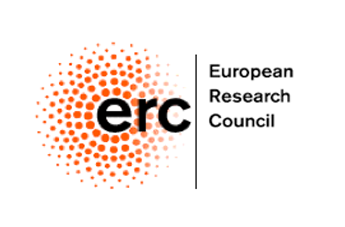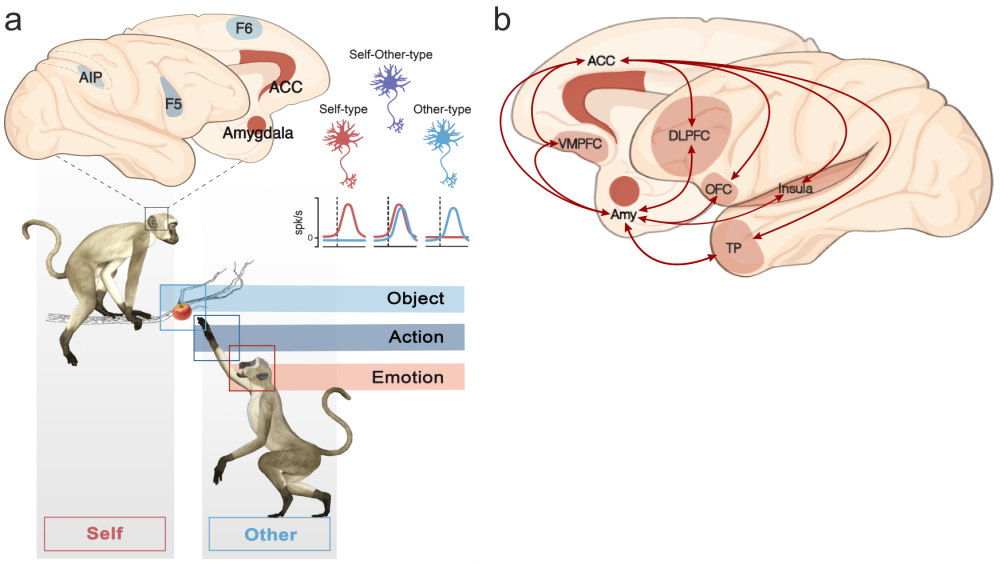EMACTIVE
The interactive side of emotion: a neuroethological approach in freely-moving monkeys
 This project received funding from the European Research Council
This project received funding from the European Research Council
A general principle of brain functioning is the exploitation of neural substrates for self-related processes, such as action planning, decision-making and space coding, to map those of others. Indirect evidence indicates that similar agent-based coding may characterize emotion as well. How does the primate brain represent emotional displays (EDs) of self and others from the single-neuron to the network level? EMACTIVE will leverage state-of-the-art wireless recording technologies developed during my previous ERC StG WIRELESS to crack the code of agent-based representation of EDs.
I will first record single-neuron activity from the anterior cingulate cortex (ACC) and amygdala alongside physiological data of freely moving pairs of macaques, aiming to identify self- (ST) and other-type (OT) neurons encoding EDs: I hypothesize that an animal’s ST neurons drive its Eds, which in turn trigger OT neurons of the partner, facilitating behavioural coordination. By means of neural decoding approaches, chemogenetic inactivation and wireless intracortical microstimulation, I will assess the causal role of each region in the control of specific EDs during interactive situations. Next, neuronal tracers will be injected in the amygdalar and ACC territories hosting ST and OT neurons, providing the connectional fingerprint of agent-based representation of EDs. Finally, we will record neuronal activity simultaneously from multiple regions anatomically connected with the ACC and amygdala (capitalizing on the previous findings) in two additional pairs of freely interacting monkeys (multiareal hyperscanning), thereby revealing the neural and contextual factors affecting interbrain synchrony and its role in behavioural coordination.
EMACTIVE will reveal the single-cell and network mechanisms underlying EDs of self and others during social interactions, thought to be altered in several poorly understood neuropsychiatric diseases, such as anxiety disorders and autism.

| a) As for graspable objects and other’s action in various areas of the extended cortical grasping network (i.e. AIP, F5 and F6), self and other’s emotion, considered as “visceromotor and bodily actions” (emotional displays, EDs), may be represented in an agent-based manner in emotional brain structures. b) Hypothetical network of brain areas reciprocally connected with both ACC and amygdala (Amy). These include: insula; DLPFC, dorsolateral prefrontal cortex; OFC, orbitofrontal cortex; TP, temporal pole; ventro-medial prefrontal cortex (VMPFC). |
